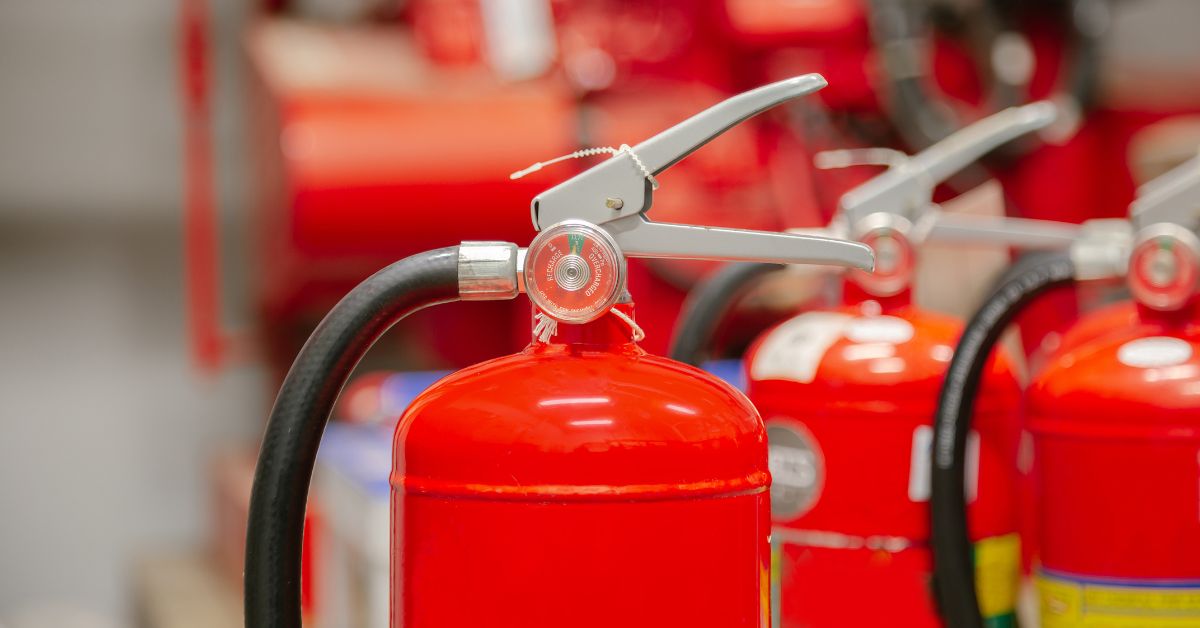Introduction
Regarding fire safety in confined spaces, selecting the appropriate fire extinguisher is crucial for effectively managing potential emergencies. Not all fire extinguishers are suitable for every environment, and understanding which types to avoid in confined spaces is essential for ensuring the safety of both individuals and property. This article will explore which type of fire extinguisher should not be used in confined spaces and highlight the importance of making informed choices in such critical situations.
Confined Spaces and Fire Hazards
Confined spaces pose unique challenges when it comes to fire safety. These areas, often characterized by limited access and poor ventilation, can become highly volatile in the event of a fire. Fires in confined spaces tend to escalate rapidly due to restricted airflow, making it imperative to have a suitable fire extinguisher to suppress flames effectively.
Types of Fire Extinguishers
There are various fire extinguishers designed to combat specific classes of fires. These include Class A (ordinary combustibles like wood and paper), Class B (flammable liquids), Class C (electrical fires), Class D (volatile metals), and Class K (cooking oils and fats). However, using the wrong type of extinguisher in a confined space can have severe consequences.
The Wrong Choice: Water-Based Fire Extinguishers
One type of fire extinguisher that should be avoided in confined spaces is the water-based extinguisher. While highly effective against Class A fires involving ordinary combustibles, water-based extinguishers can be dangerous in confined spaces due to the potential presence of electrical equipment or flammable liquids. Water conducts electricity, and using water-based extinguishers in confined spaces with electrical fires poses a significant risk of electrical shock.
Additionally, water-based extinguishers are not suitable for flammable liquid fires (Class B) commonly found in industrial settings. In confined spaces where such hazards exist, using a water-based extinguisher can lead to the spreading of flammable liquids, exacerbating the situation rather than controlling it.
The Ideal Choice: CO2 or Dry Chemical Fire Extinguishers
In confined spaces, fire safety experts recommend the use of CO2 (carbon dioxide) or dry chemical fire extinguishers. CO2 extinguishers are effective against Class B and Class C fires, making them suitable for confined spaces with flammable liquids or electrical equipment. CO2 works by displacing oxygen, smothering the fire and preventing its spread.
Dry chemical fire extinguishers, on the other hand, are versatile and effective against Class A, B, and C fires. They contain a dry chemical powder that interrupts the combustion process. These extinguishers are particularly valuable in confined spaces where the nature of the fire may be uncertain or involve various combustible materials.
Conclusion
In conclusion, the choice of fire extinguisher in confined spaces is a critical factor in ensuring the safety of individuals and property. Water-based extinguishers, although effective in certain situations, should be avoided in confined spaces due to the risk of electrical shock and the inability to address flammable liquid fires adequately. Instead, CO2 and dry chemical extinguishers emerge as the ideal choices, offering versatility and effectiveness in suppressing fires across different classes. By prioritizing informed decisions in selecting fire extinguishers for confined spaces, we can enhance overall fire safety and mitigate potential risks in these challenging environments.

